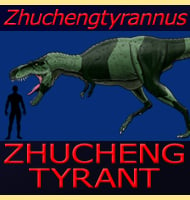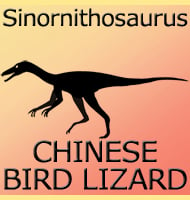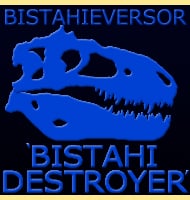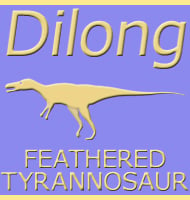Ceratonykus
In Depth Although based upon incomplete remains, Ceratonykus is known to have been one of the alvarezsaurs. Other alvarezsaurs from the same formation include Parvicursor and possibly Mononykus. Further Reading - Ceratonykus oculatus gen. et sp. nov., a new dinosaur (? Theropoda, Alvarezsauria) from the Late Cretaceous of Mongolia. - Paleontological Journal 43(1):94-106. - V. … Read more



